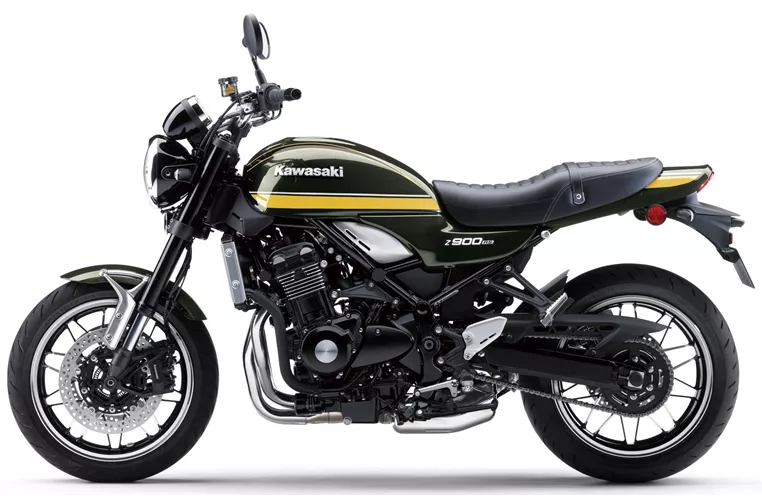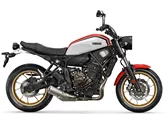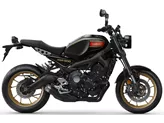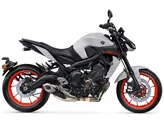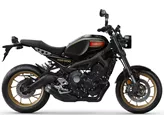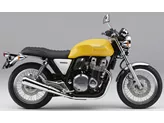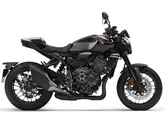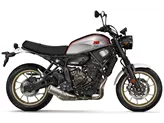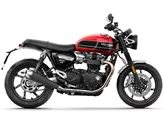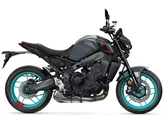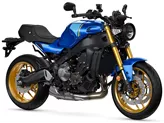Yamaha XSR900 2018 vs. Kawasaki Z900 RS 2021

Yamaha XSR900 2018
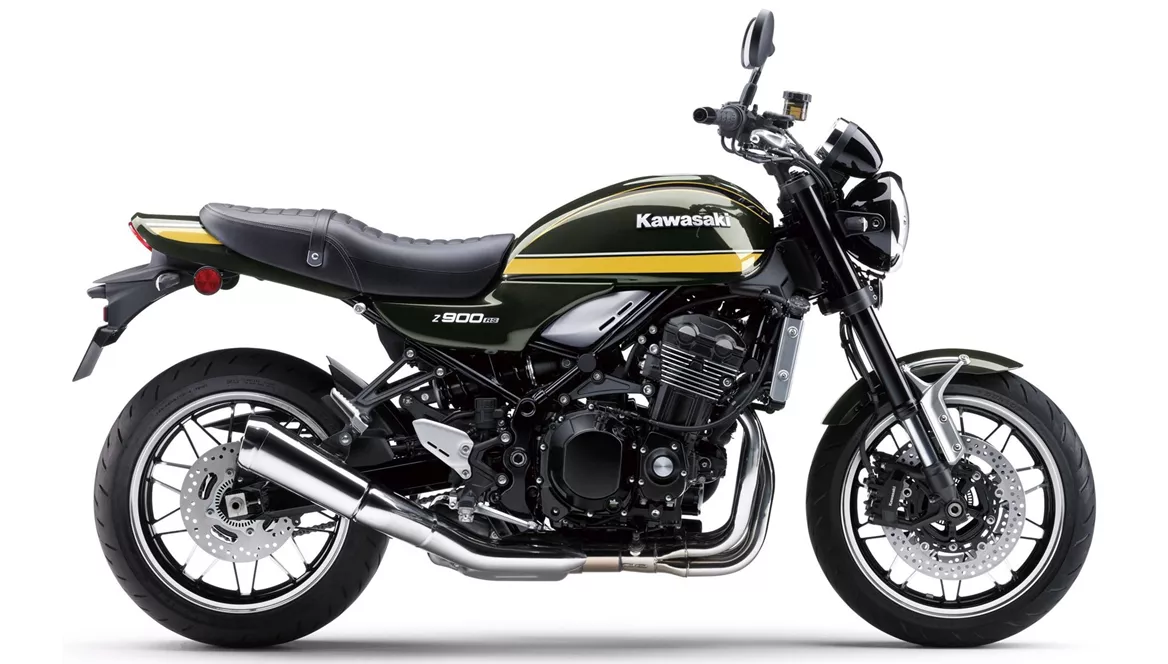
Kawasaki Z900 RS 2021
Overview - Yamaha XSR900 2018 vs Kawasaki Z900 RS 2021
The Yamaha XSR900 2018 and the Kawasaki Z900 RS 2021 are both naked bikes with similar engine types and displacements. However, there are several differences between the two models.
In terms of engine power, the Yamaha XSR900 2018 has a slight advantage with 115 HP compared to the Kawasaki Z900 RS 2021's 111 HP. The Yamaha also has a slightly lower torque of 87.5 Nm compared to the Kawasaki's 98.6 Nm. Both bikes have liquid cooling systems and feature a 4-cylinder engine, but the Yamaha has 3 cylinders while the Kawasaki has 4.
When it comes to suspension, both bikes have upside-down telescopic forks at the front and swing arm suspensions at the rear. They also both have monoshock shock absorbers. However, the Yamaha has an aluminum frame with a twin tube design, while the Kawasaki has a steel frame with a tubular design.

Yamaha XSR900 2018
In terms of braking, both bikes have double disk brakes at the front with similar diameters (298 mm for the Yamaha and 300 mm for the Kawasaki). Both bikes also have ABS as an advanced rider assistance system.
In terms of dimensions and weights, the Yamaha has a slightly shorter wheelbase of 1440 mm compared to the Kawasaki's 1470 mm. The seat height of the Yamaha is also slightly lower at 815 mm compared to the Kawasaki's 835 mm. However, the Kawasaki is heavier with a kerb weight of 215 kg compared to the Yamaha's 191 kg. The Kawasaki also has a larger fuel tank capacity of 17 liters compared to the Yamaha's 14 liters.
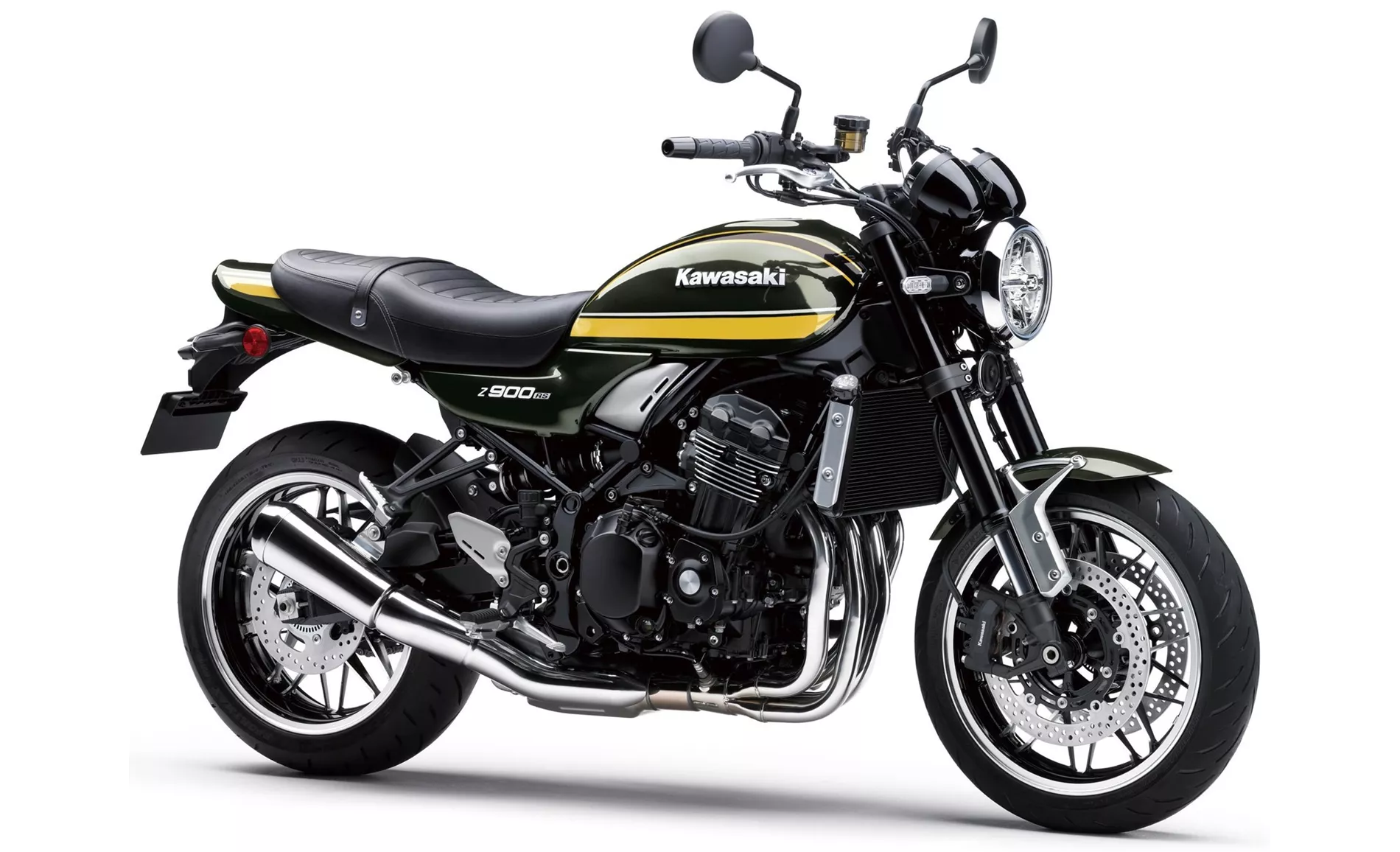
Kawasaki Z900 RS 2021
Now let's discuss the strengths and weaknesses of each bike. The Yamaha XSR900 2018 is praised for its extremely sporty and rev-happy engine, excellent brakes, and pleasant seating position. It is also known for its high-quality workmanship and offers a good price-performance ratio. However, some riders find the Yamaha's response to be almost too direct, and the retro style of the bike is not thought through to the last detail.
On the other hand, the Kawasaki Z900 RS 2021 stands out for its authentic and beautiful retro look. It offers a very comfortable seating position and is easy and comfortable to ride. However, it lacks a quickshifter and driving modes, although it does have adjustable traction control.
In conclusion, both the Yamaha XSR900 2018 and the Kawasaki Z900 RS 2021 have their own strengths and weaknesses. The Yamaha offers a sportier riding experience and a better price-performance ratio, while the Kawasaki provides a more comfortable and retro-styled ride. Ultimately, the choice between the two will depend on the rider's preferences and priorities.
Technical Specifications Yamaha XSR900 2018 compared to Kawasaki Z900 RS 2021
Pros and Cons in comparison
Pros and Cons in comparison
Yamaha XSR900 2018

The Yamaha XSR900 is a classic optical illusion - with its round headlight, angular tank and attached tail light, it clearly passes for a retro bike. But it's no coincidence that the performance is reminiscent of the potent mid-range naked bike Yamaha MT-09, which is the extremely sporty basis for the XSR900. So the engine is a blast and the brakes are appropriately venomous. Fortunately, the engineers didn't overdo it with the chassis, the XSR900 offers sufficient comfort and the upright riding position is more comfortable than the powerful engine would lead one to expect. All in all, the XSR900 is one of the sportiest models among the retro bikes.
Kawasaki Z900 RS 2021
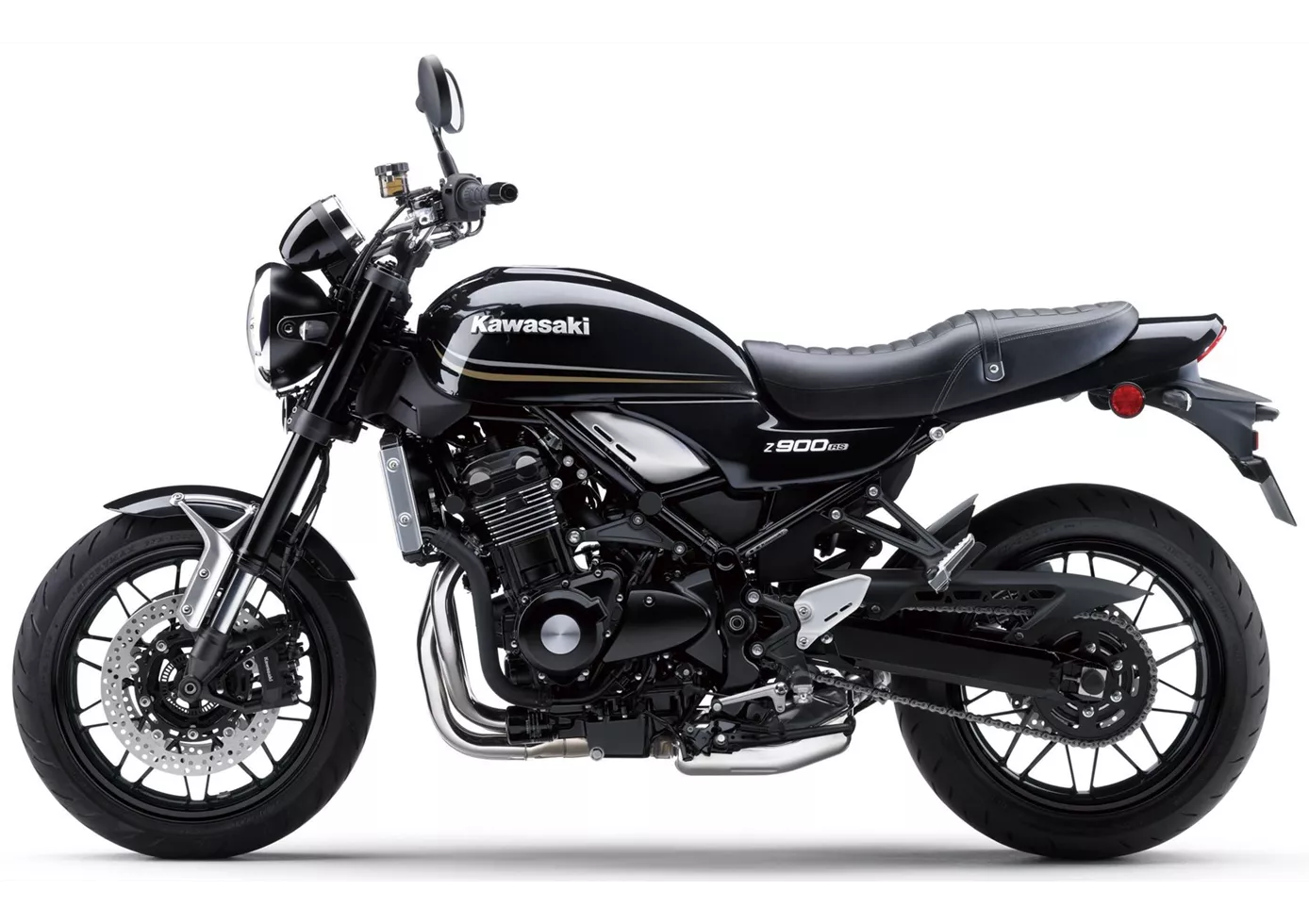
A timelessly beautiful motorbike, the Z 900 RS. Its heart, the powerful and silky-smooth four-cylinder, ensures absolute riding pleasure. Even for longer rides, it offers plenty of comfort thanks to its pleasant seating position, well-padded saddle and high, wide handlebars. For those who like retro motorbikes but appreciate modern handling, the Z1 Homage is a very good choice.
Price Comparison Avarage Market Price Yamaha XSR900 vs Kawasaki Z900 RS
There are a few key differences between a Yamaha XSR900 2018 and a Kawasaki Z900 RS 2021. In terms of price, the actual average price of a Kawasaki Z900 RS 2021 is about 41% higher. Compared to Kawasaki Z900 RS 2021 there are less Yamaha XSR900 2018 bikes available on the 1000PS.de Marketplace, specifically 4 compared to 14. It takes less time to sell a Yamaha XSR900 with 123 days compared to 125 days for a Kawasaki Z900 RS. Since model year 2016 1000PS.de editors have written 30 reviews for the Yamaha XSR900 and 26 reviews for the Kawasaki Z900 RS since model year 2018. The first review for the Yamaha XSR900 was published on 25/11/2015 and now has more than 17,600 views. This compares to more than 63,700 views for the first review on Kawasaki Z900 RS published on 06/09/2017.

